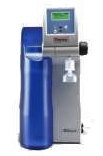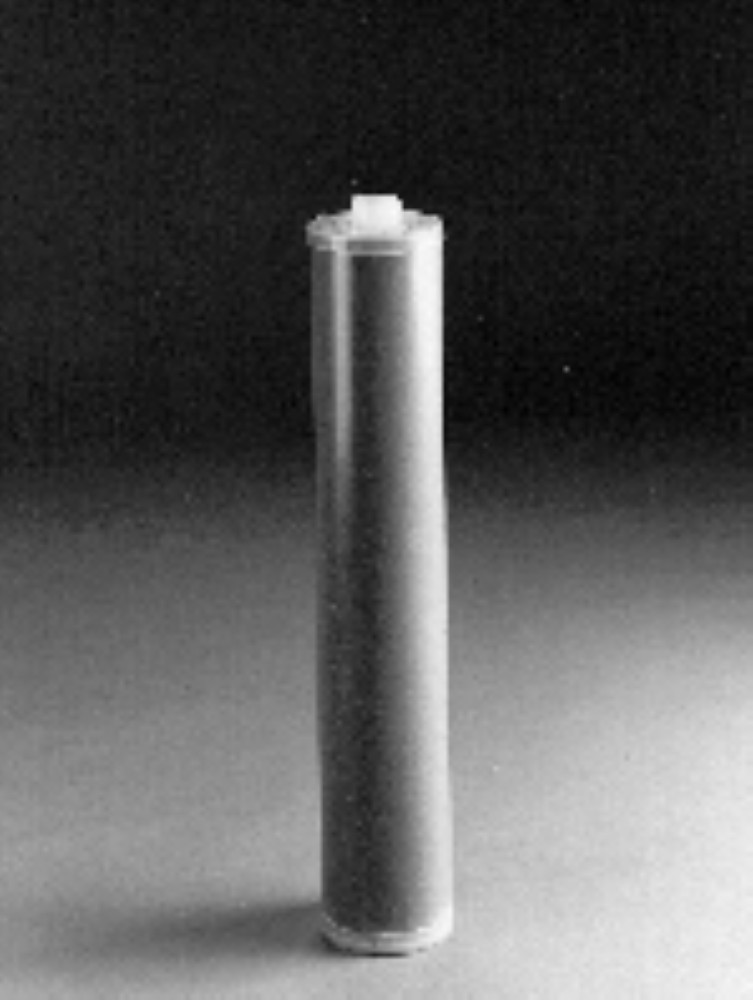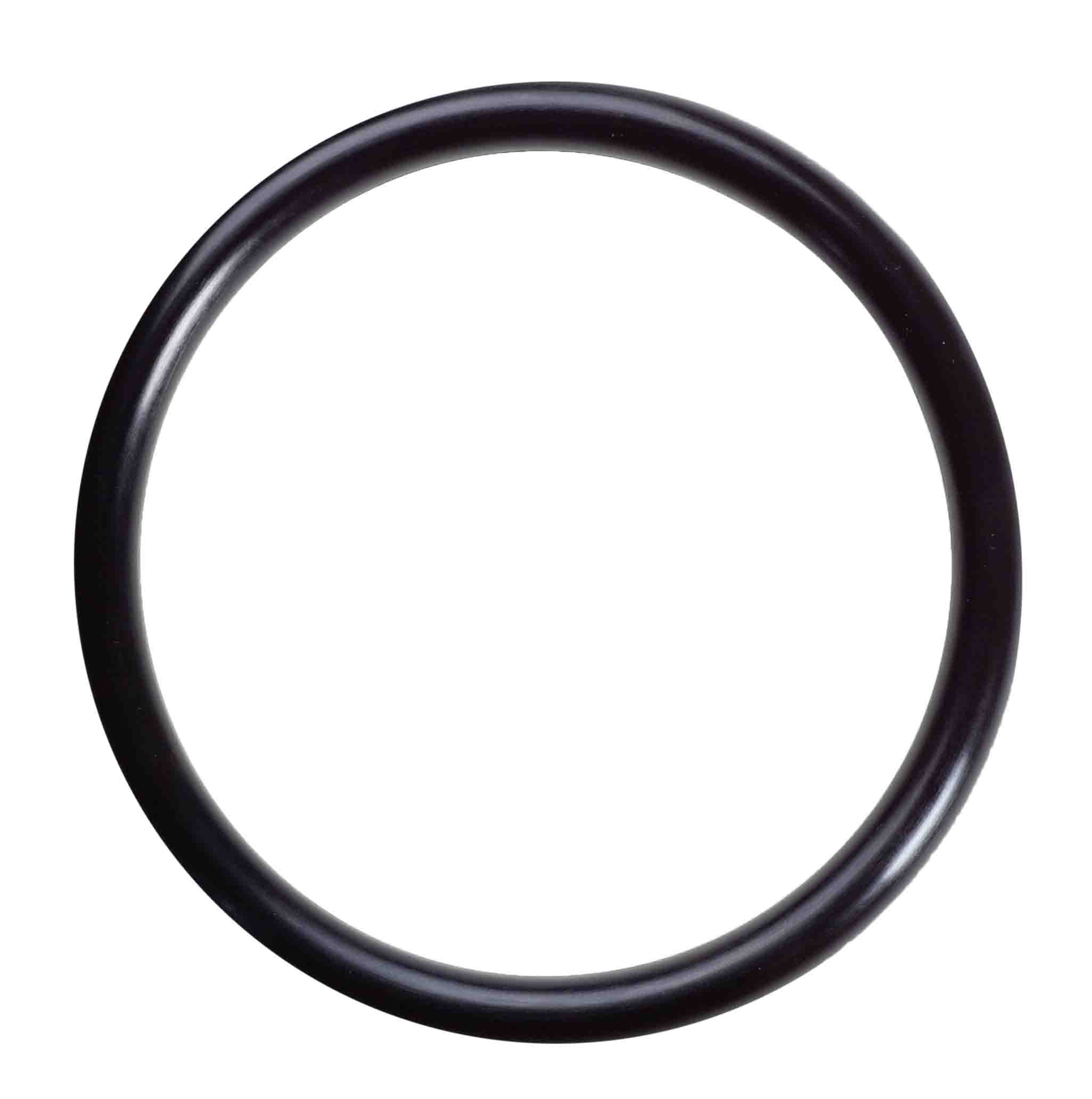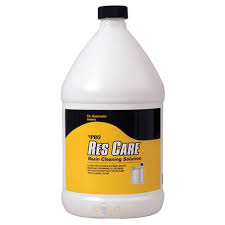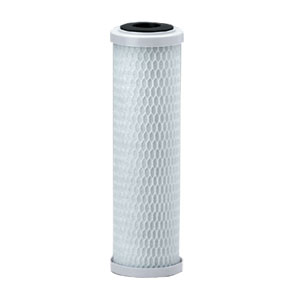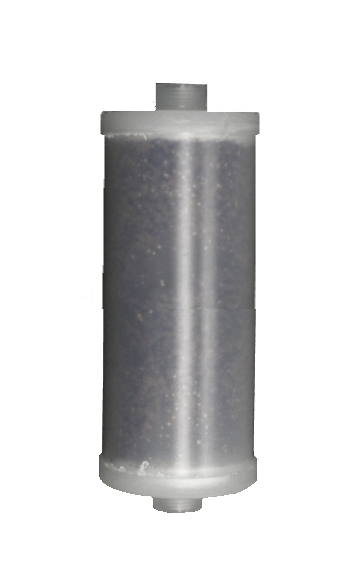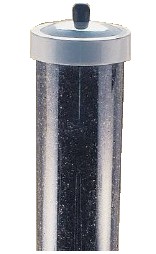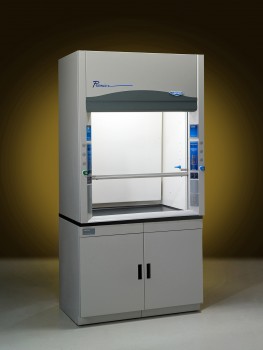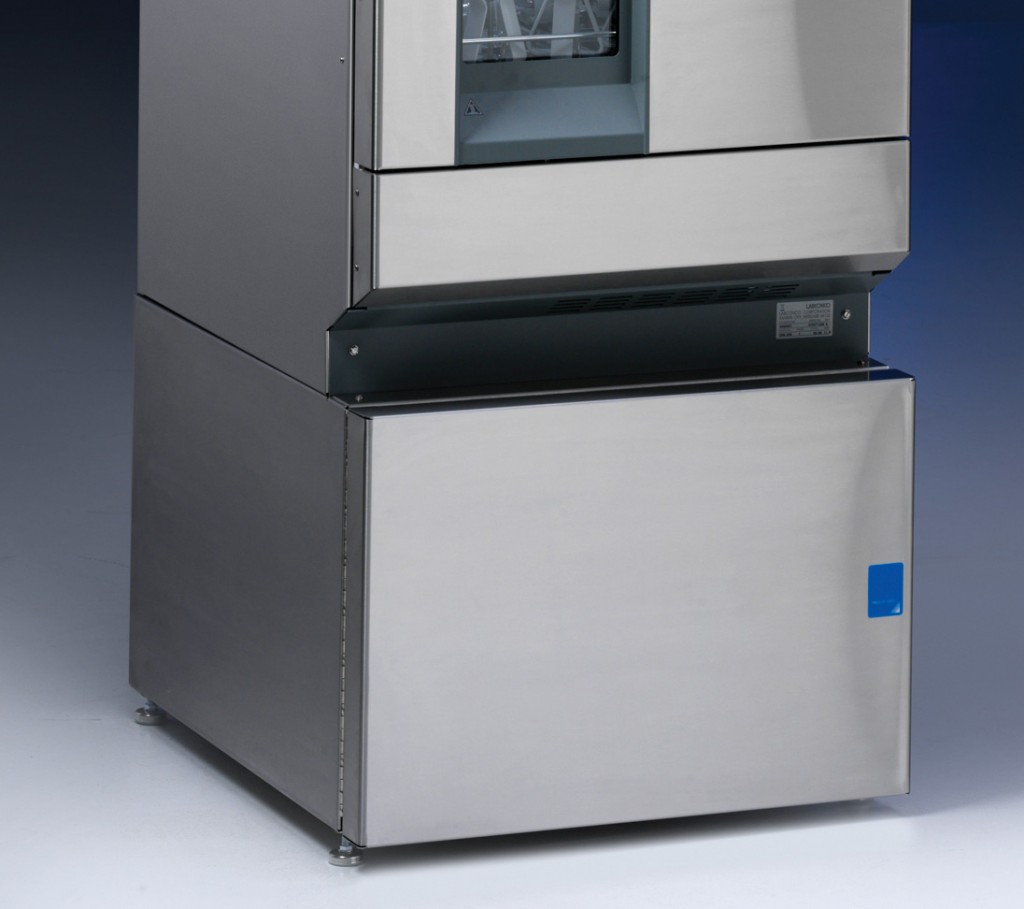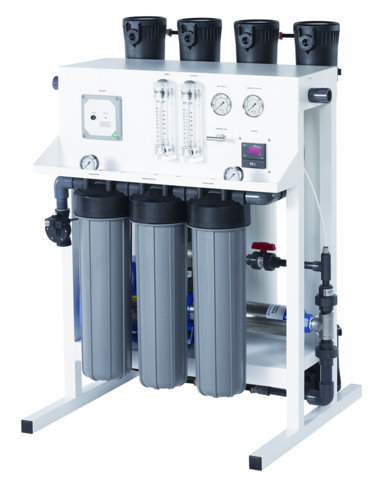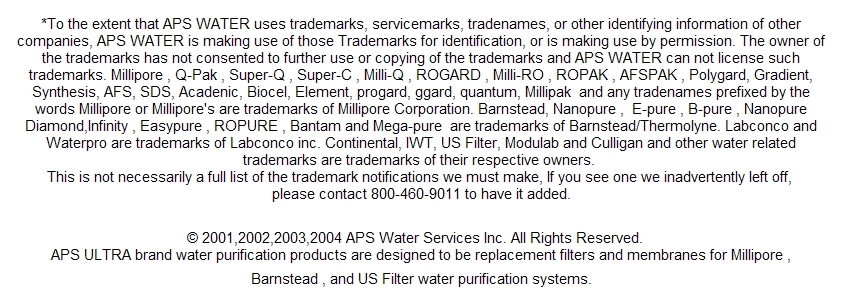|
Celebrating 34 years providing high quality products and advice.
|
| Our Local Time Is 10:18:07 AM. |
| Call us at 818-786-0600. We are here to help! |
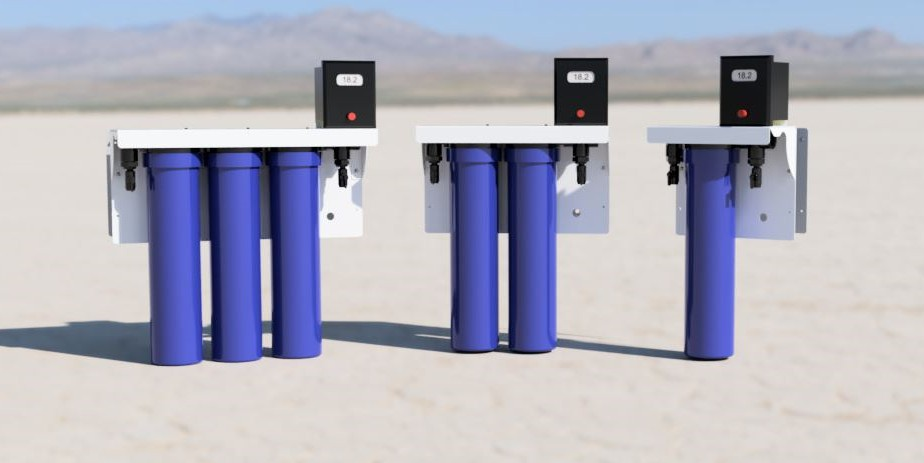 |
ON SALE NOW
Introducing the Polaris Lab Water Systems
High Purity Water Made In The USA.
Click here for more info. |
About Chloramine
Recently San Francisco Public Utility Commission (SFPUC) changed from using free chlorine to chloramine in its drinking water transmission pipes. Some people are concerned for possible public health implications and for reported effects on fish and amphibians.
Using chloramine to disinfect drinking water is a common standard practice among drinking water utilities. A number of utilities have made this switch from chlorine to chloramines to enhance water safety and compliance with drinking water health standards. For example, the East Bay Municipal Utility District (EBMUD) , which serves drinking water to customers in parts of the greater San Francisco Bay area, switched from chlorine to using chloramine in February, 1998.
Background information on chloramines
Chlorine has been safely used for more than 100 years for disinfection of drinking water to protect public health from diseases which are caused by bacteria, viruses and other disease causing organisms. Chloramines, the monochloramine form in particular, have also been used as a disinfectant since the 1930's. Chloramines are produced by combining chlorine and ammonia. While obviously toxic at high levels, neither pose health concerns to humans at the levels used for drinking water disinfection.
Chloramines are weaker disinfectants than chlorine, but are more stable, thus extending disinfectant benefits throughout a water utility's distribution system. They are not used as the primary disinfectant for your water. Chloramines are used for maintaining a disinfectant residual in the distribution system so that disinfected drinking water is kept safe. Chloramine can also provide the following benefits:
Since chloramines are not as reactive as chlorine with organic material in water, they produce substantially lower concentrations of disinfection byproducts in the distribution system. Some disinfection byproducts, such as the trihalomethanes (THMs) and haloacetic acids (HAAs), may have adverse health effects at high levels. These disinfection byproducts are closely regulated by EPA. EPA recently reduced the allowable Maximum Contaminant Levels for total THMs to 80 ug/L and now limit HAAs to 60 ug/L. The use of chlorine and chloramines is also regulated by the EPA. We have Maximum Residual Disinfectant Levels of 4.0 mg/L for both these disinfectants. However, our concern is not from their toxicity, but to assure adequate control of the disinfection byproducts.
Because the chloramine residual is more stable and longer lasting than free chlorine, it provides better protection against bacterial regrowth in systems with large storage tanks and dead-end water mains.
Chloramine, like chlorine, is effective in controlling biofilm, which is a slime coating in the pipe caused by bacteria. Controlling biofilms also tends to reduce coliform bacteria concentrations and biofilm-induced corrosion of pipes.
Because chloramine does not tend to react with organic compounds, many systems will experience less incidence of taste and odor complaints when using chloramine.
Other concerns with chloramines in drinking water
Chloramines, like chlorine, are toxic to fish and amphibians at levels used for drinking water. Unlike chlorine, chloramines do not rapidly dissipate on standing. Neither do they dissipate by boiling. Fish owners must neutralize or remove chloramines from water used in aquariums or ponds. Treatment products are readily available at aquarium supply stores. Chloramines react with certain types of rubber hoses and gaskets, such as those on washing machines and hot water heaters. Black or greasy particles may appear as these materials degrade. Replacement materials are commonly available at hardware and plumber supply stores.
For more information
Contact the Region 9 Drinking Water Office at (415) 972-3547. Your drinking water utility may also have information about your specific service.
Contact the San Francisco Public Utility Commision for more information on San Francisco's conversion to chloramines.
http://www.epa.gov/region09/water/chloramine.html
|
Images are representative of the products. Images may or may not be of the actual product. If it is important e-mail us for an actual image if available.
* Flat Rate UPS shipping when able to ship via UPS and is in the USA excluding Hawaii and Alaska.
Larger Items may not be able to ship via UPS, in that case freight charges will be quoted seperately.
International shipping will be quoted after the order is placed. You will have the opportunity to cancel before we finalize your order.
Terms and conditions
Credit Application
Privacy
Policy
List All Products
|




